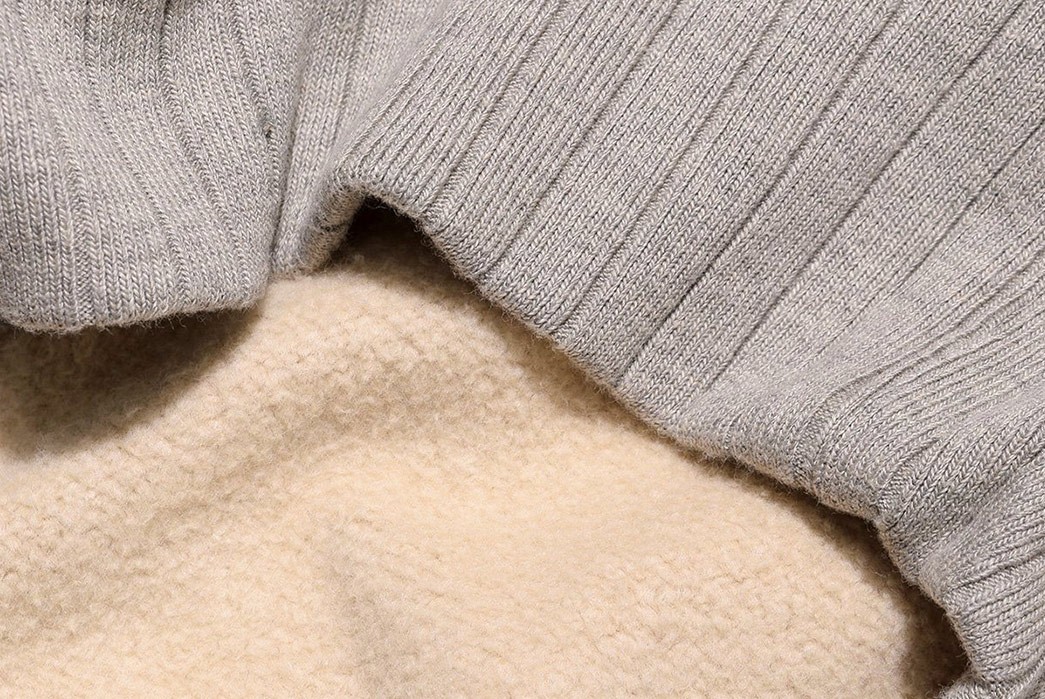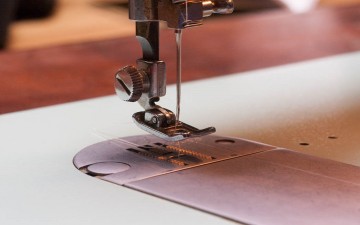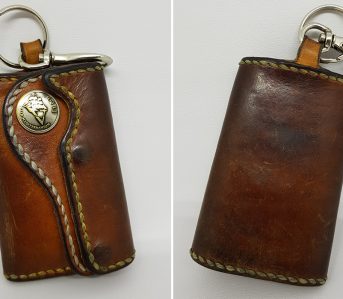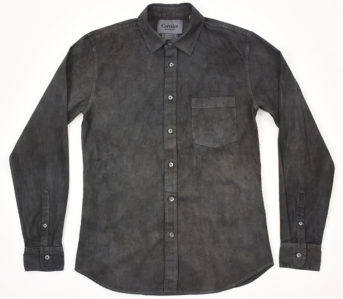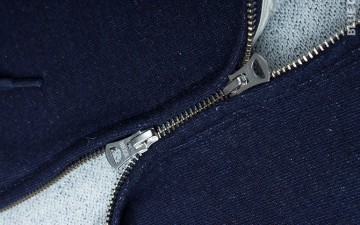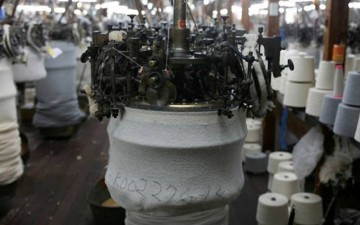If you’re into heritage wear or vintage clothing, loopwheel is a term you likely know well. In the mid 1920s, sweatshirt fabric was knit on loopwheel machines, a circular tube-knitter.
A loopwheel machine knits the fabric as a continuous circle of material very slowly in an almost tensionless process that ensures that the yarn keeps its inherent natural properties without being stretched. Today, only a few loopwheel machines remain in operation in small factories in Japan, Canada, and Germany.
How Popular is Loopwheeling Today?
Loopwheel machines work at a painstakingly slow pace, and as speedier tube knit operations were invented, the loopwheelers began to disappear in the 1940s and 50s. Today, most sweatshirt makers work with sinker circular knitting machines, which can be 30 times as fast as a loopwheel machine. Sinkers are also cheaper to buy and to run, they’re more versatile, less labor intensive, and much easier to maintain.
Now, no need to become obsessed with loopwheeled sweatshirts (or t-shirts, sweatpants, earmuffs, etc.): though they tend to be of higher quality than the average non-loopwheeled sweatshirt, made from high quality cotton on modern machines they’ll still be better than sweatshirts made from poor quality cotton on loopwheel machines.
In General What Products Can Be Loopwheeled?
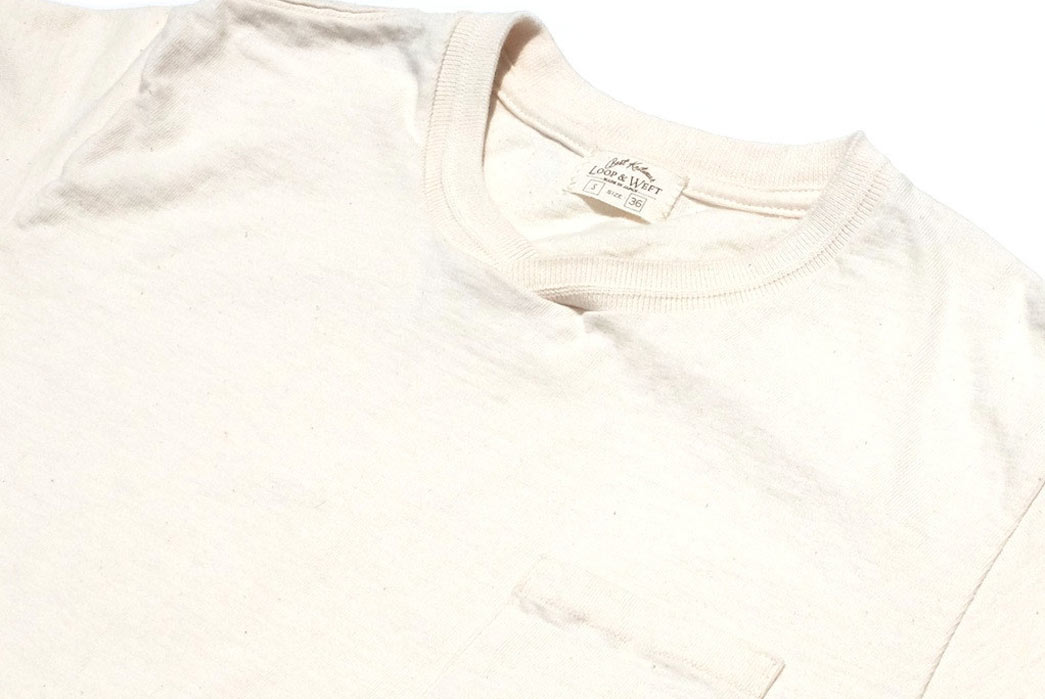
Loopwheel t-shirts from Japanese brand Loop & Weft.
Basically anything from a knit fleece or jersey can be manufactured on a loopwheel machine, including:
- T-shirts (short and long sleeved)
- Henley shirts
- Tanktops
- Sweatshirts
- Hooded sweatshirts
- Sweatpants
How Do You Recognize Loopwheeled Fabric?
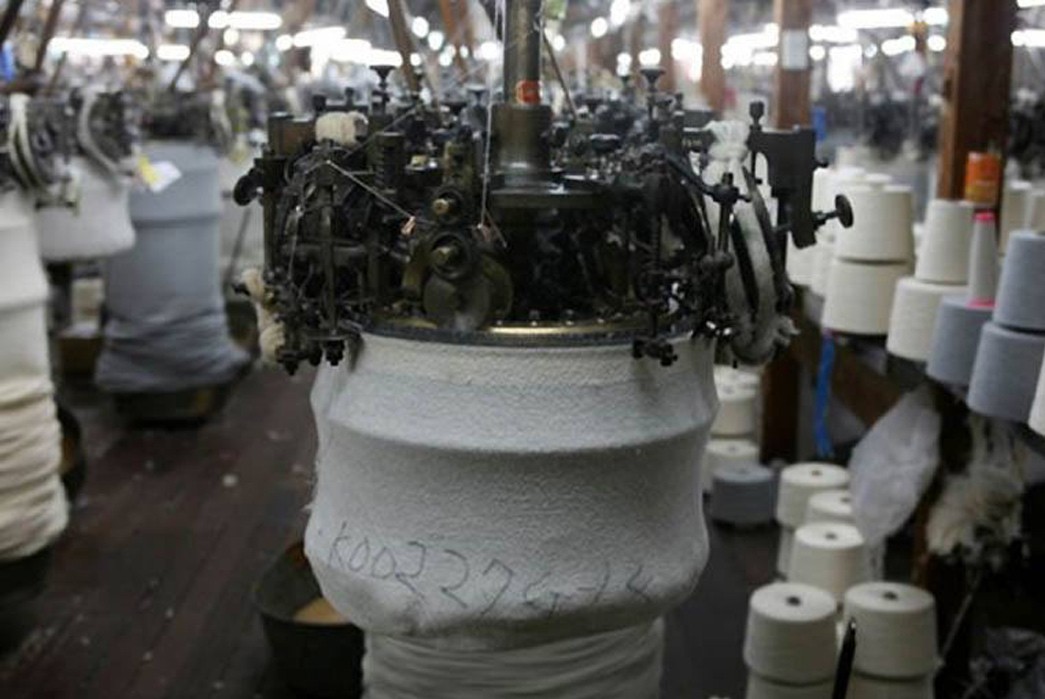
Some people will tell you that if a product doesn’t have side seams then it is loopwheeled, which is not true. As explained earlier, today’s circular knitting machines can build nearly any knit garment without side seams, so that’s not always a clear indicator. And designers will sometimes cut apart loopwheeled fabric and stitch it back together to achieve a different, less tubular, fit.
Since there are no visual details to help you immediately identify loopwheeled fabric, the best weapon is your experience. The more loopwheeled items you’ll have touched, the easier it will be for you to recognize it. But if you don’t live in an area with a lot of loopwheeled stuff accessible, you won’t be able to know what it’s like, so here are a few tricks:
- Product line – loopwheeled items usually fall into the premium label within a certain brand—for example the brand’s “heritage” line. Brands known to make loopwheeled garments include:
- Fit – non-adjusted loopwheeled sweatshirts tend to fit big and loose.
- Price point – loopwheeled products tend to be about twice as expensive as their non-loopwheeled counterparts.
- Ask the brand or retailer – this is your best weapon.

